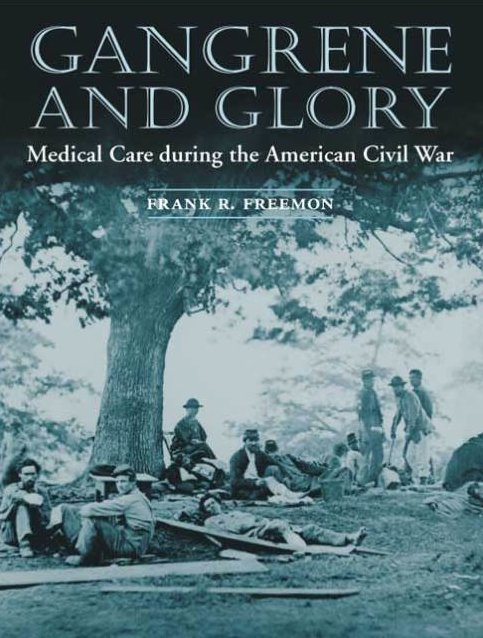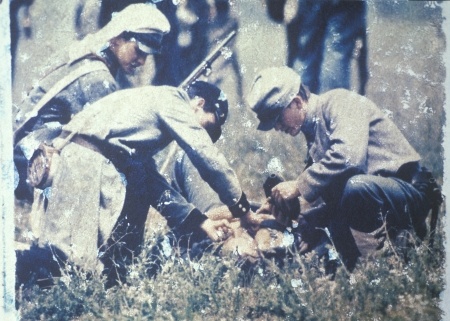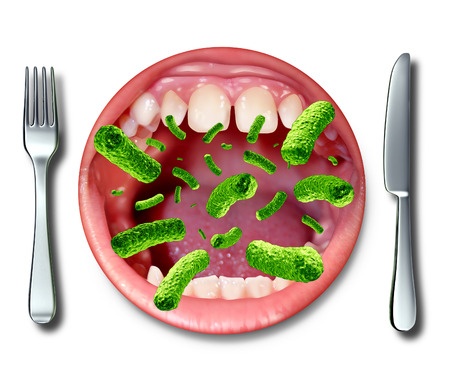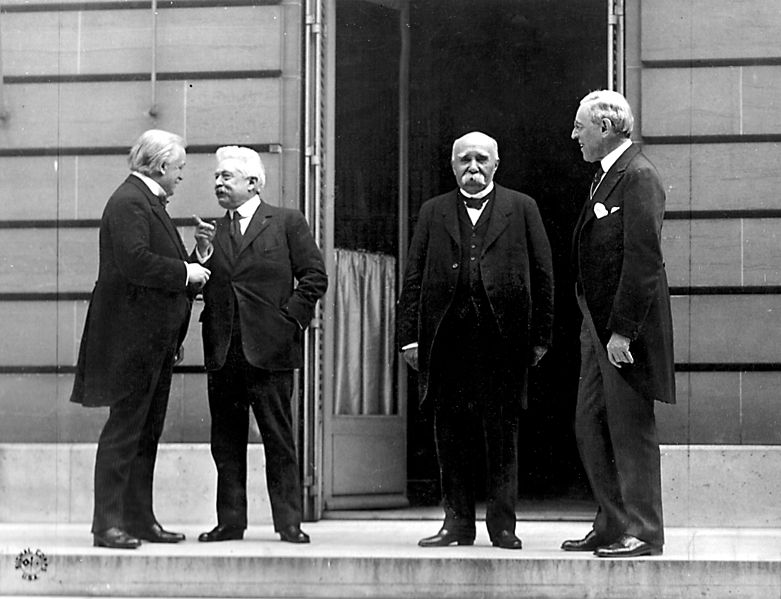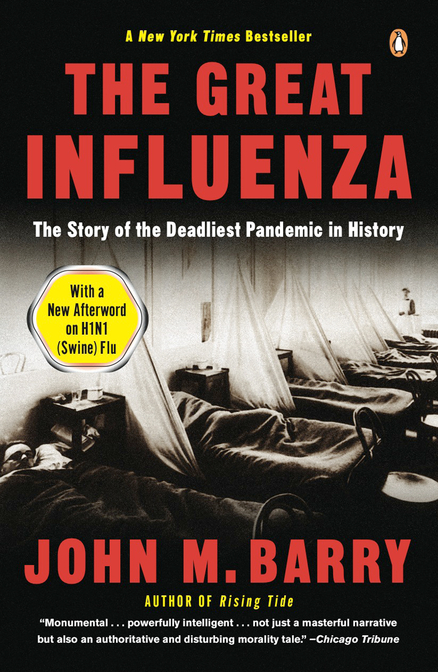Handwashing assist or foul? We all follow in the footsteps, handprints—and germs—of everyone who has gone before us. (Not to mention the stranger who is sitting next to us right now.)
Handwashing pundits know proper handwashing is the most effective way to kill those germs and prevent the spread of illness, so we’re launching a new project—a social, visual declaration to all of mankind that we MUST wash our hands: #handhygienx.
To encourage the handwashing-averse or neglectful public to get on board, we’re leveraging picture and video sharing on social media to collectively capture handwashing habits—be it assists or fouls—through the lens of the camera/phone-wielding public. This project isn’t just for infection control specialists, germophobes, or epidemiologists (although they’ll love it). It’s a campaign is for all of mankind; we humans who work, play, eat, shop, learn, touch, breathe, and live in the mire of life every day.
All things will be at play here, including (and hopefully) the good stuff. We’d love to see people washing their hands correctly or wearing gloves when appropriate; businesses that post encouraging handwashing signs; stores making disinfecting wipes readily available; maybe even videos of adults washing their hands while they sing the ABC song twice through (or the equivalent of the required 20-seconds it takes to kill germs). If it’s for the good of all mankind, share it.
The bad (unfortunately) will also be at play, from man-on-the street nose pickers to woman-on-the-street “free” sneezers. See a restaurant worker leaving the restroom without washing his or herhands? Capture it. Handwash hygienx will put a spotlight on all of the contaminators and cross-contaminators out there in society. You know who they are and it’s time to shame them.
The rules are SIMPLE: When you see a handwashing hygienx (good or foul), snap a picture with your mobile device and upload it to Instagram, Twitter, Facebook, or Google+ with the hashtag: #handhygienx.
If you’re not a social media user, you’re welcome to email photos to saralynn@brevis.com and we’ll share it on our Brevis Instagram page and other social sites. We’ve added samples of hand hygienx photos to our official project page, and we’ll maintain a running collection as the project goes along.
Citizens of project #handhygienx unite! Help us spot the handwashing fair and foul, fight the germs, and live healthier lives all around on planet earth.






